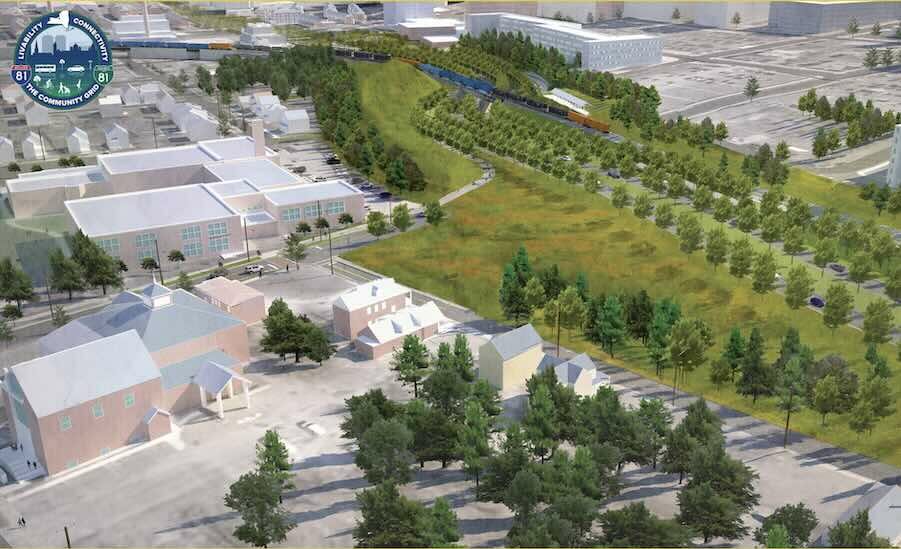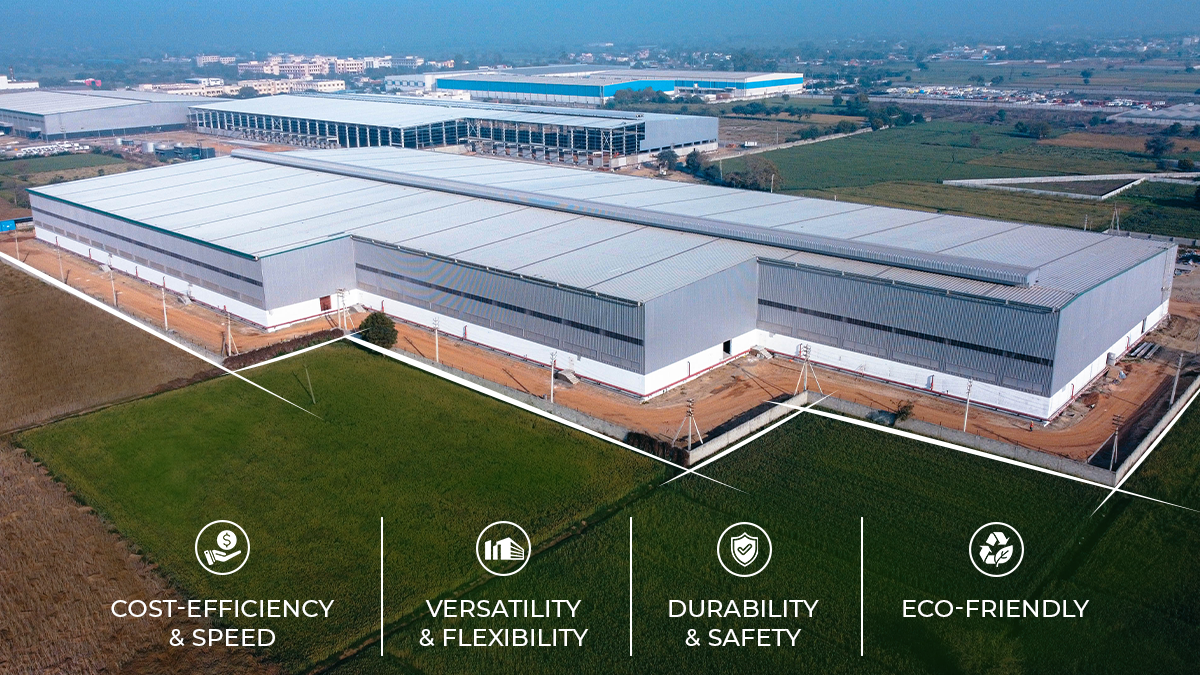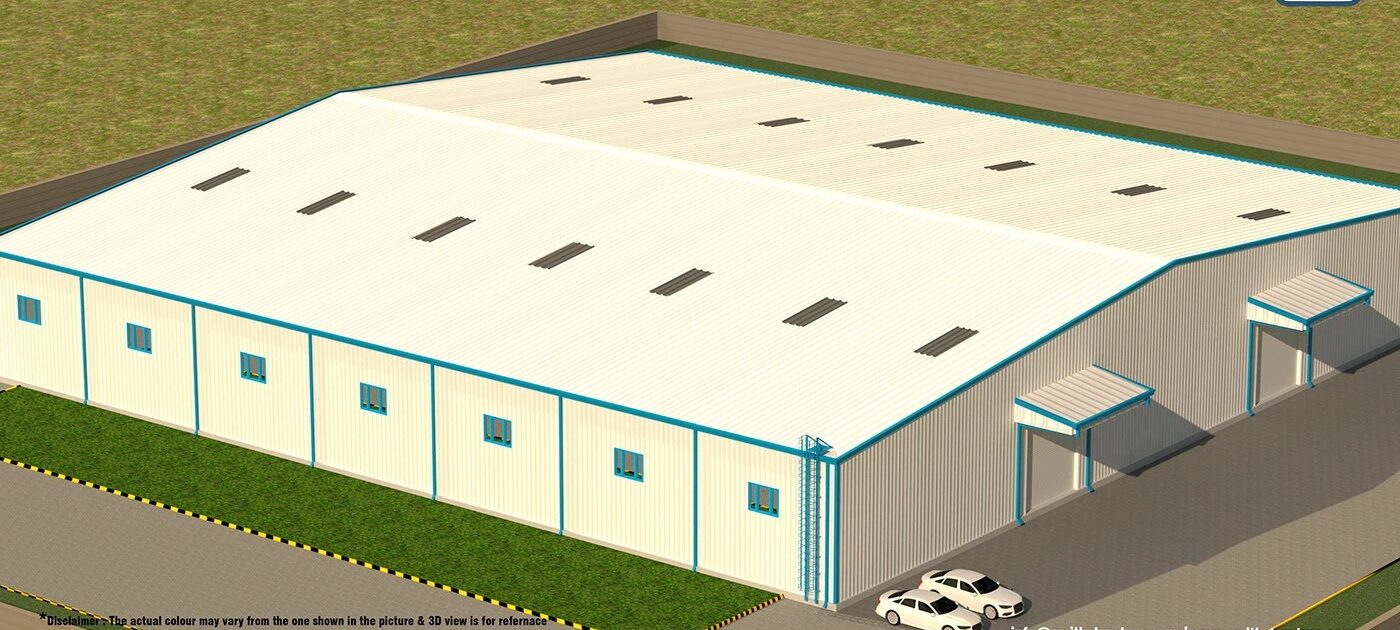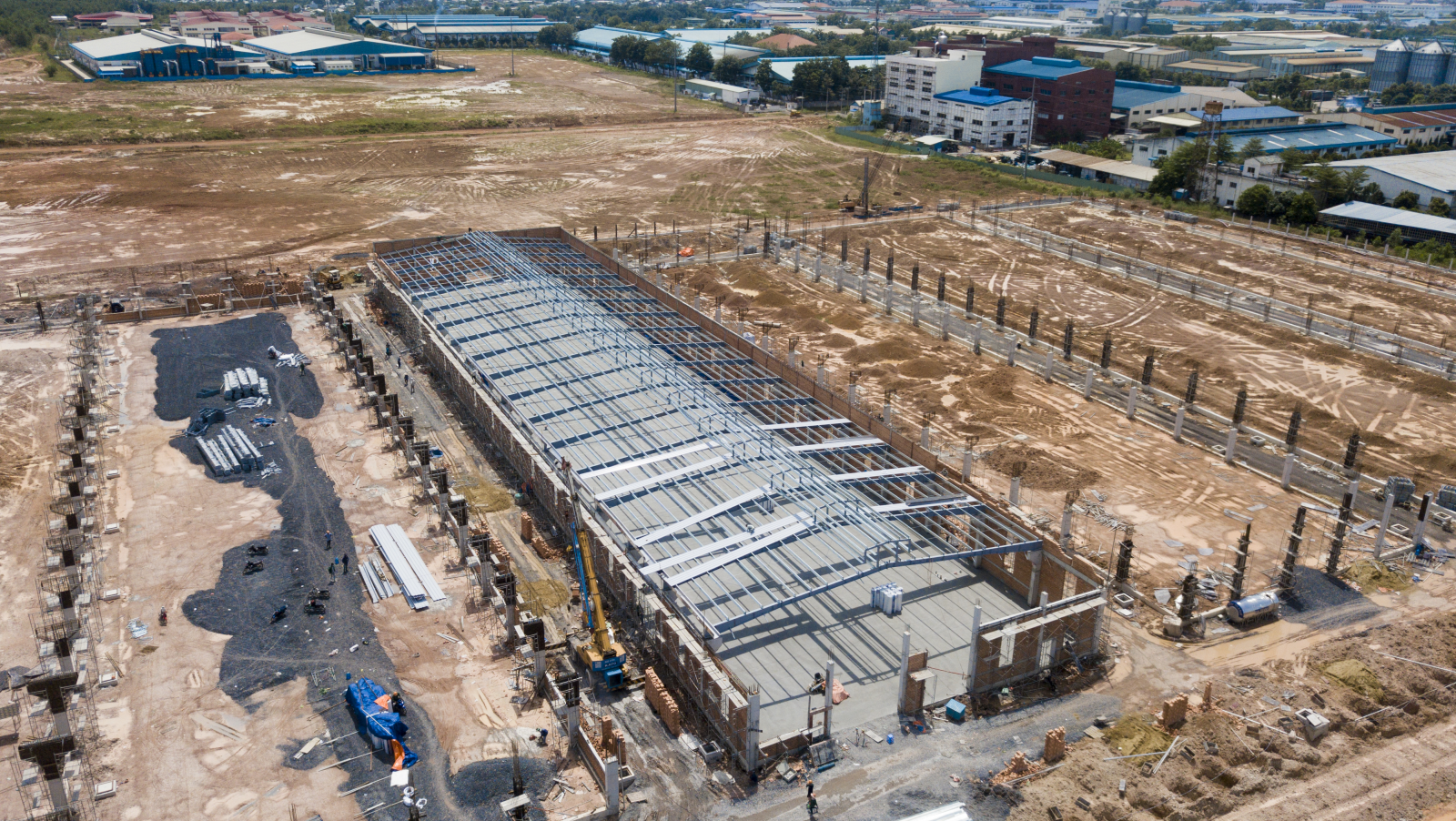
NYSDOT Readies for Syracuse Viaduct Removal with Demolition Contract, Community Health Strategy

The New York Dept. of Transportation is taking the first steps toward demolishing Syracuse, N.Y.’s I-81 downtown viaduct, reconnecting and revitalizing disadvantaged neighborhoods divided by the structure for more than a half-century.
In April, NYSDOT awarded the fifth contract in its planned eight-project, $2.3-billion program that shifts I-81 traffic away from the deteriorating 1.4-mile elevated highway. The $251-million project, which is being carried out by Salt City Constructors, will transition the southern end of the existing highway corridor, redesignated as Business Loop 81, into a “Community Grid” of pedestrian-friendly streets. A new railroad bridge, stormwater and sewage infrastructure, cyclist amenities and noise barriers will be constructed as well.
The project also includes removal of the viaduct’s first seven spans. NYSDOT expects the elevated structure expected to fully close by the end of 2026, with new construction completed the following year.
Salt City Constructors, a collaboration of Lancaster Development and Tully Construction Co., D.A. Collins Construction Co. Inc. and Cold Spring Construction Co. Inc., is also handling two related projects on Syracuse’s north side: the $296.4-million reconstruction of an existing I-81/481 interchange, and a $218.9-millon project to consolidate existing interchange for a new Business Loop BL 81.
Demolition at the doorstep
Residents of the historically Black neighborhoods on Syracuse’s south side have long called for removal of the obtrusive viaduct. Completed in the 1960s, the structure displaced more than 1,300 families and contributed to the surrounding community’s decades-long economic and social marginalization, according to a New York Civil Liberties Union (NYCLU) history.
As the viaduct’s removal finally made progress toward reality, however, NYCLU and other community advocates sought assurances from NYSDOT that the hundreds of families currently living nearby would be fully protected from airborne dust, lead-based paint chips and other contaminants associated with the demolition work.
According to a statement provided to ENR, NYSDOT says it has regularly and proactively sought community input as elements of Connecting Syracuse have taken shape over the past several years.
“Listening to the voices of the people who live in the neighborhoods under construction has been integral and has helped shape the project’s approach and execution,” the statement added, noting that following release of the draft environmental impact statement, the agency received “thousands of comments from residents living in the shadow of the viaduct,” asking that more health protections be established during construction.
In response, NYSDOT says that it has collaborated with community partners and advocates, as well as state and local agencies to develop a comprehensive health and safety plan that is “strategically aligned with the unprecedented health commitments already in place.”
NYSDOT is providing residents with adhesive mats designed to remove dirt, dust, and other contaminants from the soles of shoes; and a variety of public information materials such as informational magnets and health tip sheets. A dedicated community health hotline will assist neighborhood residents with potential construction-related concerns. The agency has also hired an industrial hygienist to help monitor air pollution detection systems located around the project area.
In mid-May, NYSDOT and NYCLU conducted a community meeting to answer residents’ lingering questions directly, and provide additional tips for keeping their homes dust-free as demolition work ramps up. Lanessa Owens-Chaplin, Director of NYCLU’s Racial Justice Center, says the event, “provided a critical space to discuss the mitigation measures the NYCLU, the NYSDOT and the community helped develop to ensure those most impacted by construction can get the supplies and support they need.”
Both NYCLU and NYSDOT have expressed their commitment to prioritizing community health throughout demolition and construction of the Community Grid, which is targeting completion in 2028.
“We will keep working with the community and NYSDOT to ensure that the injustices of the original construction are not repeated,” Owens-Chaplin says, “and to provide stability, dignity and economic opportunity for impacted residents.”
NYSDOT has not said how the remainder of the Syracuse viaduct project might be affected by proposed cuts to federal funding that have helped advance the program. The current version of the federal budget bill under consideration by Congress cancels more than $3 billion in unobligated funding from the U.S. Dept. of Transportation’s Neighborhood Access and Equity Program, including more than half of a $180-million grant awarded to the NYDOT in 2023.
Post a Comment
You must be logged in to post a comment.






